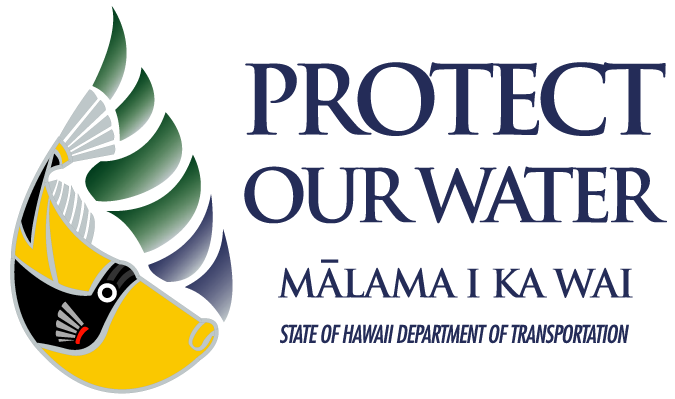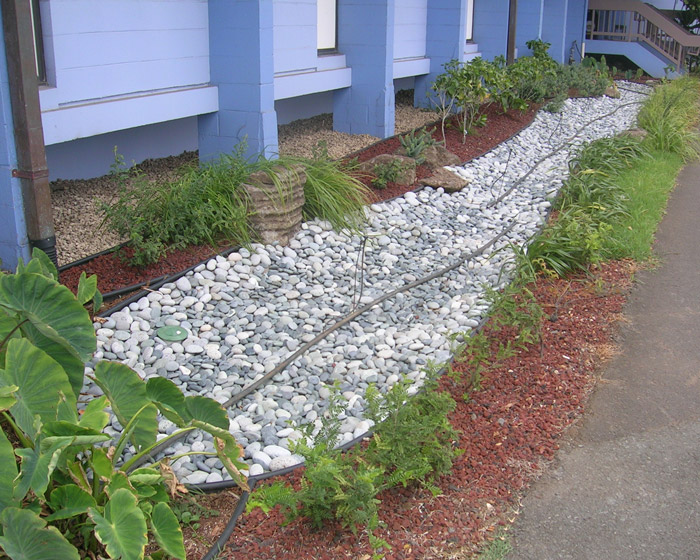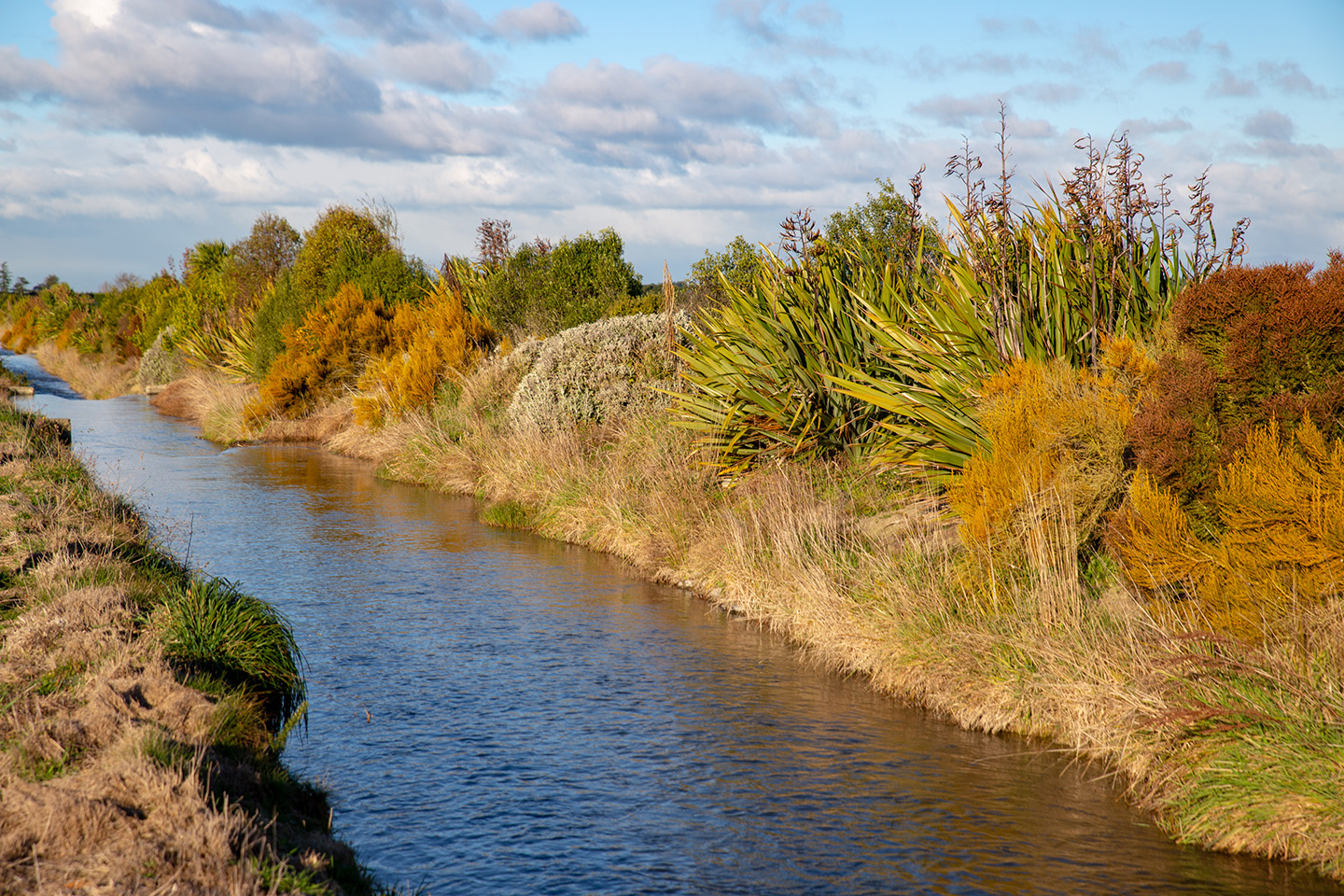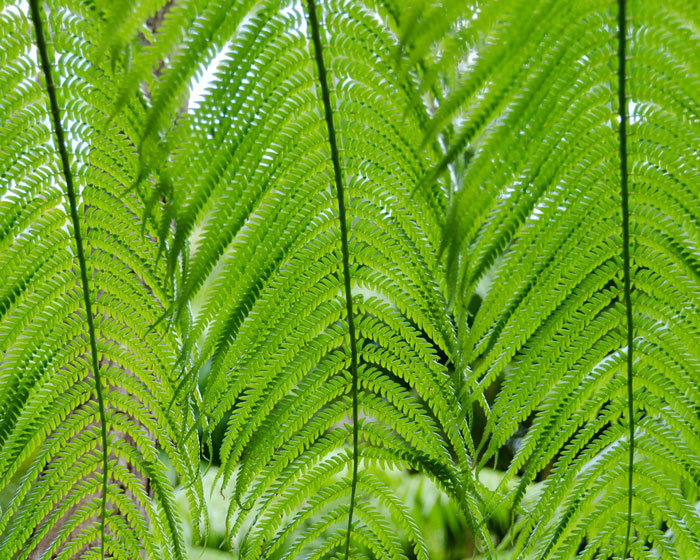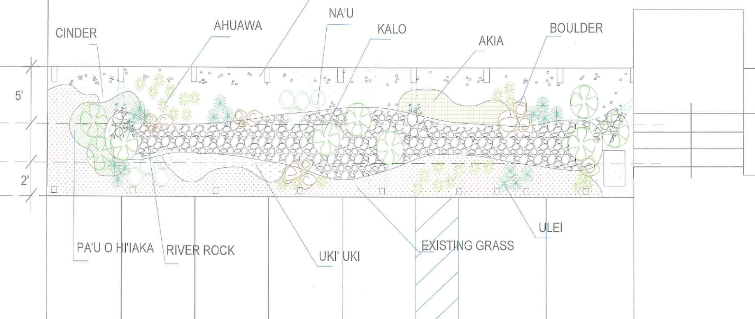Due the Hawaiian Islands remote location, they are home to some of the rarest plant species in the world. These native plants have adapted to our islands’ unique and varied landscapes and are able to establish strong and deep root structures in the soil. This means that they will help establish healthy soil development, prevent erosion, and require less water and maintenance than introduced species. It is especially important to have a stable soil structure since it will be less likely to contribute pollutants (e.g. sediment and nutrients) into storm water runoff from your property.
Native plants are often used to beautify gardens and attract other native species, but they can also be used strategically to help divert runoff, stabilize landscaping, capture debris and contain water. Integrating them in your garden and community properly can reduce storm water runoff from the site. This is just another easy way we can prevent pollution from entering Hawaii’s storm drains, waterways and oceans.
Here are a few tips on how to incorporate native plants into landscaping!
Start a Rain Garden: Rain gardens are designed in a depression or at the bottom of a slope to allow storm water runoff to flow into the garden, briefly settle, and then infiltrate into the ground. These rain gardens can be positioned to collect excess storm water from impervious surfaces, which will help reduce the potential for flooding, contain debris, and reduce runoff to and from your property.
For more information on rain gardens, visit UH Mānoa’s College of Tropical Agriculture and Human Resources rain garden resource.
Grow Vegetated Buffers: Is your property located upstream of a storm drain inlet or waterway? Storm water can easily carry soil into the nearest drainage system, especially if it is running off of an exposed slope. A vegetated buffer will help trap the sediment and other pollutants and prevent it from traveling into the nearest storm drain or waterway. Native plants are also a better choice than most introduced species due to their root structure’s ability to stabilize the soil, which will also contain moisture and nutrients in the buffer zone.
Plant Trees or Shrubs: Trees and shrubs provide many benefits in our community as they are aesthetically appealing and provide shade. Increasing the amount of shade will reduce the temperature of the area and slow the rate of evaporation from ground surfaces below. They also help prevent pollution from entering the storm drain system by capturing falling water and reducing the force at which the water impacts the soil. This reduces soil erosion and runoff, both of which may otherwise flow into a storm drain inlet or nearby waterway.
Reduce Slopes, Use Riprap or Terracing: Thoughtfully planning the layout of your site can significantly reduce the quantity of runoff leaving your property. Another effective way to decrease the impact of storm water on and from your property is to reduce the grade of slopes and/or integrate terracing. Terraces provide more surface area for plants to establish, and will help impede the velocity of runoff. If you cannot alter the slopes on or leading to your property, try planting native plants at the bottom of the hill or in the path of the flow. Riprap, river rocks or even gravel can also be integrated in the flow path to dissipate the force of the water and help runoff absorb into the ground.
Incorporating the above features into your landscape with native plants is a creative way to improve the aesthetics of the space and will also help keep storm water pollution from reaching our storm drains, waterways and the ocean. Visit our Storm Water Hawaii website for more ideas and big steps you can take to Protect Our Water!
Sources:
http://nativeplants.hawaii.edu/
https://www.ctahr.hawaii.edu/uhmg/news/V3-HOK-raingarden.pdf
https://www.architecthonolulu.com/tips-for-sustainable-storm-water-management/
